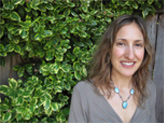Your individualized treatment will include one or more of the following:
Acupuncture:
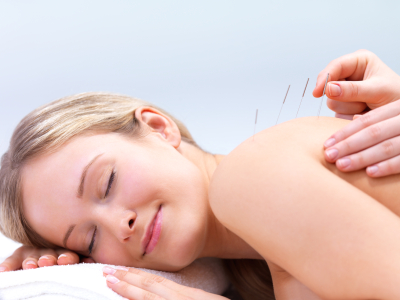 Thin, sterile, disposable needles are placed at very specific points on your body. This is the primary modality used. Please see the FAQ tab on this website for more details.
Thin, sterile, disposable needles are placed at very specific points on your body. This is the primary modality used. Please see the FAQ tab on this website for more details.
Electrical Acupuncture or Microcurrent Therapy:
Low level electrical currentapplied either directly to the acupuncture point itself or to the needle will help to enhance point stimulation and treat your areas of pain directly.
Ear Acupuncture:
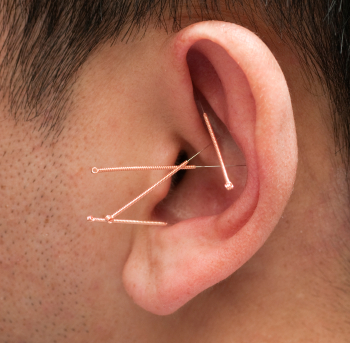 Otherwise known as Auricular Acupuncture or Auriculotherapy – this treatment method is the stimulation of the ear by acupressure, needles, or ear pellets.
Otherwise known as Auricular Acupuncture or Auriculotherapy – this treatment method is the stimulation of the ear by acupressure, needles, or ear pellets.
This is a very useful and powerful treatment modality all unto itself and can be very useful for diagnosis and treatment of the health of the rest of the body. It can be thought of as “ear reflexology” and these reflex points that are found within the ear can treat other parts of the body. The entire body can be mapped out onto the ear and the nerves on the ear connect to the reflex areas of the brain that correspond to different body parts.Since the ear is just cartilage and nerves it can have a direct and quick effect on the entire nervous system when needled. For example, in the treatment of wrist pain, the wrist reflex point found on the surface of the ear can be stimulated and this will treat the wrist pain immediately. I use this treatment method to treat any and all health problems and I find its results can be quite profound, particularly in the treatment of pain, drug addictions, and weight loss.
Acupressure:
You may be given some “homework” to do! By stimulating the points that we needled during your treatment, after your treatment, you can have continued or increased improvements in your health condition.
Herbal Medicines:
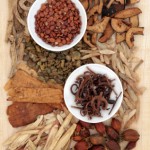 Herbs are an essential aspect of the treatment of disease. Herbs enhance and prolong the effects of acupuncture and provide continued self-treatment when office visits are not possible. When customized herbal formulas are prescribed based on a patient’s diagnosis, they treat the root of the condition and help to alleviate the associated symptoms, instead of merely masking the discomfort.
Herbs are an essential aspect of the treatment of disease. Herbs enhance and prolong the effects of acupuncture and provide continued self-treatment when office visits are not possible. When customized herbal formulas are prescribed based on a patient’s diagnosis, they treat the root of the condition and help to alleviate the associated symptoms, instead of merely masking the discomfort.
Moxibustion and Therapeutic Heat Lamp:
Moxibustion or “Moxa” is the burning of herbs near the skin. It is a very effective way of warming cold conditions, strengthening the body, alleviating pain,and moving stagnation.It is useful for stimulating specific acupuncture points for particular conditions.The therapeutic heat lamp is a modern version of moxibustion that works in the same way but targets larger areas of the body.
Cupping:
 Cupping is a type of treatment used in the treatment of pain, muscle strains, detoxification and depression. A suction is created with the use of glass jars of various sizes ranging from 1 to 3 inches wide. Cupping is generally performed on the back and tops of the shoulders, depending on each patient’s needs. I often describe cupping as a “reverse massage” ~ whereas in a massage the muscles are generally pushed into, the cupping procedure actually pulls the muscle. This treatment is beneficial in promoting the flow of energy and blood circulation in the body and is used for tight muscles, fibromyalgia and other various forms of pain. It is excellent at detoxifying the body because it is able to pull toxins out of the body from a deep cellular level. For this reason, I will often use this method when a person has a cold or flu, to help release the germs from the body so that they can recover from that more quickly. Most patients find they quite love receiving cupping treatments and experience a very relaxing effect afterward, much like one might feel after receiving a massage. A beneficial side effect can be that it can profoundly enhance one’s mood because it gets things flowing in the body and helps release feelings of “stuckness” and other old emotions.
Cupping is a type of treatment used in the treatment of pain, muscle strains, detoxification and depression. A suction is created with the use of glass jars of various sizes ranging from 1 to 3 inches wide. Cupping is generally performed on the back and tops of the shoulders, depending on each patient’s needs. I often describe cupping as a “reverse massage” ~ whereas in a massage the muscles are generally pushed into, the cupping procedure actually pulls the muscle. This treatment is beneficial in promoting the flow of energy and blood circulation in the body and is used for tight muscles, fibromyalgia and other various forms of pain. It is excellent at detoxifying the body because it is able to pull toxins out of the body from a deep cellular level. For this reason, I will often use this method when a person has a cold or flu, to help release the germs from the body so that they can recover from that more quickly. Most patients find they quite love receiving cupping treatments and experience a very relaxing effect afterward, much like one might feel after receiving a massage. A beneficial side effect can be that it can profoundly enhance one’s mood because it gets things flowing in the body and helps release feelings of “stuckness” and other old emotions.
Guasha
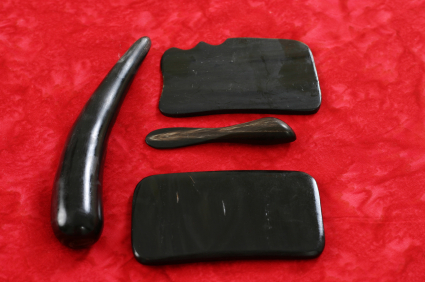 Guasha is another modality that is similar to cupping in that it is used to promote the harmonious flow of energy (qi) and blood in the body. This technique uses a ceramic tool that comes in different shapes, and it is gently moved over the skin. It is primarily used to treat pain, can be used for detoxification, and is also excellent at releasing germs from the body when one has a cold or flu.
Guasha is another modality that is similar to cupping in that it is used to promote the harmonious flow of energy (qi) and blood in the body. This technique uses a ceramic tool that comes in different shapes, and it is gently moved over the skin. It is primarily used to treat pain, can be used for detoxification, and is also excellent at releasing germs from the body when one has a cold or flu.
Tuina Massage:
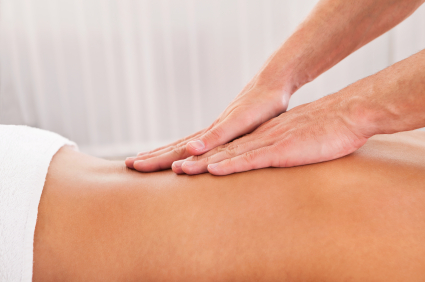 This type of massage is aimed at being more therapeutic than relaxing and many patients find it enhances their treatment experience. Massage oil may or may not be used, depending on the needs of the patient. Herbal liniments or balms are often used. Acupressure points are stimulated and it may involve techniques such as kneading, pressing, rolling, and rubbing larger areas, either on the muscles or on the joints themselves.
This type of massage is aimed at being more therapeutic than relaxing and many patients find it enhances their treatment experience. Massage oil may or may not be used, depending on the needs of the patient. Herbal liniments or balms are often used. Acupressure points are stimulated and it may involve techniques such as kneading, pressing, rolling, and rubbing larger areas, either on the muscles or on the joints themselves.
Nutritional Therapy and Diet:
 Western nutrition focuses on the quantitative aspect of foods and looks at things like calories, fat, protein, carbohydrates, vitamins and minerals. Eastern medicine looks at the qualitative, broader aspects of food based on the concepts of yin-yang theory. This holistic, or energetic classification, assigns foods to four main categories and then looks at how the food influences the body. These categories are: thermal nature of the food, the flavor of the food, the organ networks that the food goes to, and the direction of energy movement within the body that the food produces.
Western nutrition focuses on the quantitative aspect of foods and looks at things like calories, fat, protein, carbohydrates, vitamins and minerals. Eastern medicine looks at the qualitative, broader aspects of food based on the concepts of yin-yang theory. This holistic, or energetic classification, assigns foods to four main categories and then looks at how the food influences the body. These categories are: thermal nature of the food, the flavor of the food, the organ networks that the food goes to, and the direction of energy movement within the body that the food produces.
For example, if we are just looking at the temperature of foods – then energetically hot foods like chili and garlic have a heating effect on the body. Cold foods like bananas will cool the body. Warm and cool foods have a milder effect on the body, while neutral foods will not change the energetic temperature of the body. An example of how the flavor of foods might affect the body is that the sour flavor of a food could help to promote fluids in the body as well as preserve fluids in the body by reducing perspiration. When nutritional therapy is used to help treat disease or imbalances in the body, it needs to be based on an accurate diagnosis by an Oriental medicine practitioner and not only take into consideration the four criteria listed above, but the nature of the patient’s constitution, and the nature of their imbalance, in order to be effective.
Nutritional Supplements:
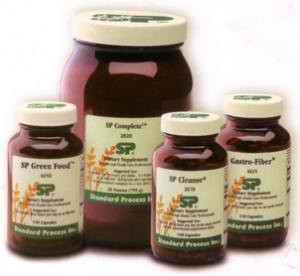 Whole foods nutritional vitamins and supplements are useful for enhancing one’s health on many different levels ~ from the maintenance of health, the treatment of disease, the treatment of anxiety and depression, the prevention of disease and anti-aging. They can also be useful for simply supplementing one’s diet with green and protein powders for extra nutrition or to use when life gets too busy.
Whole foods nutritional vitamins and supplements are useful for enhancing one’s health on many different levels ~ from the maintenance of health, the treatment of disease, the treatment of anxiety and depression, the prevention of disease and anti-aging. They can also be useful for simply supplementing one’s diet with green and protein powders for extra nutrition or to use when life gets too busy.
Aromatherapy:
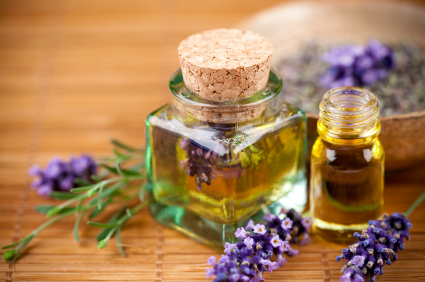 Aromatic plant oils can be used as wonderful mood boosters, as well as for stress, anxiety, relaxation, insomnia, headaches, hormone balancing, digestive disorders, upper respiratory conditions, sinus congestion, circulation enhancement and beautification and treatment of the skin. Almost all plant oils have some kind of germ fighting property against bacteria, viruses,fungus/molds, insects and many oils also aid in detoxification. I also like to use the oils to balance people’s pulses based on the pulse diagnosis that I do, which will ultimately strengthen the body.
Aromatic plant oils can be used as wonderful mood boosters, as well as for stress, anxiety, relaxation, insomnia, headaches, hormone balancing, digestive disorders, upper respiratory conditions, sinus congestion, circulation enhancement and beautification and treatment of the skin. Almost all plant oils have some kind of germ fighting property against bacteria, viruses,fungus/molds, insects and many oils also aid in detoxification. I also like to use the oils to balance people’s pulses based on the pulse diagnosis that I do, which will ultimately strengthen the body.
